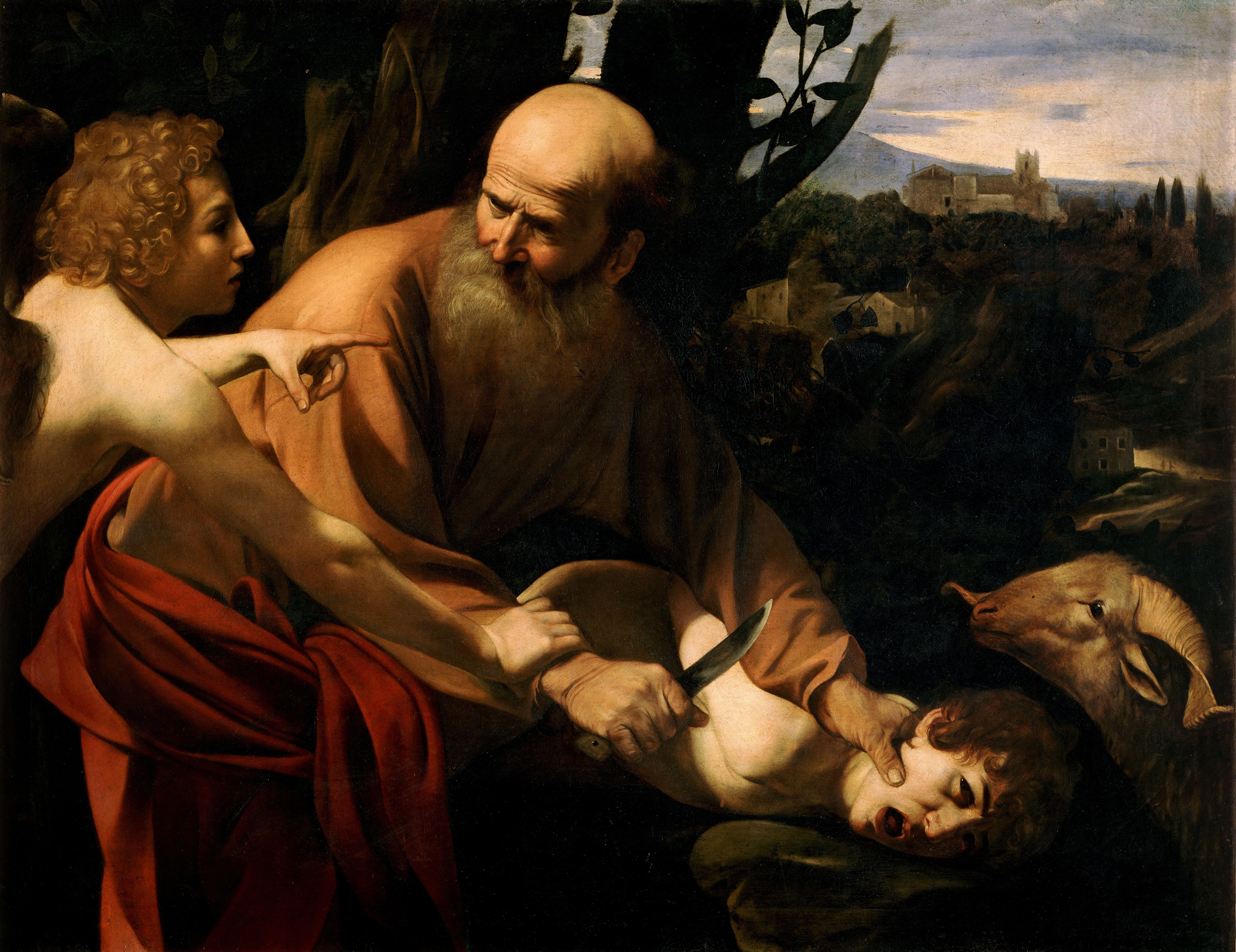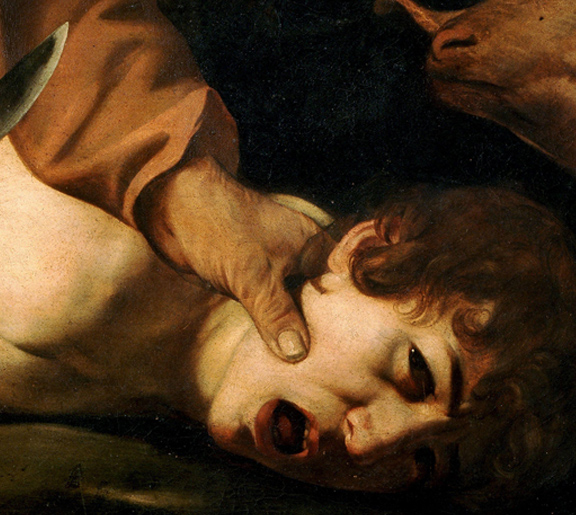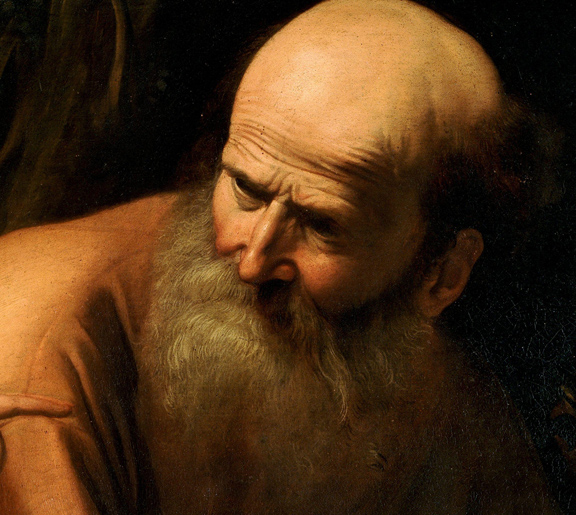
Sacrifice of Isaac
| Year | 1603 |
| Medium | Oil on canvas |
| Dimensions | 104 cm × 135 cm (41 in × 53 in) |
| Location | Uffizi Gallery, Florence |
Caravaggio's Uffizi Sacrifice of Isaac quietly commands attention within the halls of the esteemed Uffizi Gallery in Florence. This painting, Caravaggio's second take on the theme, captures a poignant moment from the biblical narrative of Abraham and Isaac.
The composition freezes the climactic instant when Abraham, on the brink of sacrificing his son Isaac in obedient submission to God's command, is interrupted by the appearance of an angel. This celestial messenger stays Abraham's hand and introduces a ram as a substitute sacrifice. Caravaggio's signature style infuses the scene with a solemnity that resonates with the viewer, portraying biblical tales with a distinctive emotional depth.
Giovanni Bellori's insights suggest that Caravaggio created a version of this painting for Cardinal Maffeo Barberini, later Pope Urban VIII. Payments totaling one hundred scudi were documented between May 1603 and January 1604, indicating the cardinal's financial support for this commissioned work. The earlier success of Caravaggio's Portrait of Maffeo Barberini likely played a role in securing the artist's role for this significant project.
Isaac, a central figure in the narrative, is identified as Cecco Boneri, a frequent model in Caravaggio's works. Recent X-ray analyses uncovered an interesting aspect of Caravaggio's creative process, revealing Cecco as the model for both Isaac and the angel. Caravaggio, displaying meticulous attention to detail, later modified the angel's profile and hair to obscure the resemblance, adding an intriguing layer of complexity.
The "Uffizi Sacrifice of Isaac" quietly testifies to Caravaggio's ability to infuse spiritual narratives with a nuanced human touch. Through its portrayal of faith, obedience, and divine intervention, this painting invites observers into a contemplative dialogue within the walls of the Uffizi Gallery.


